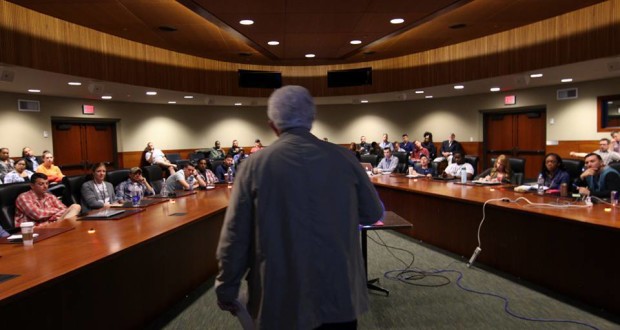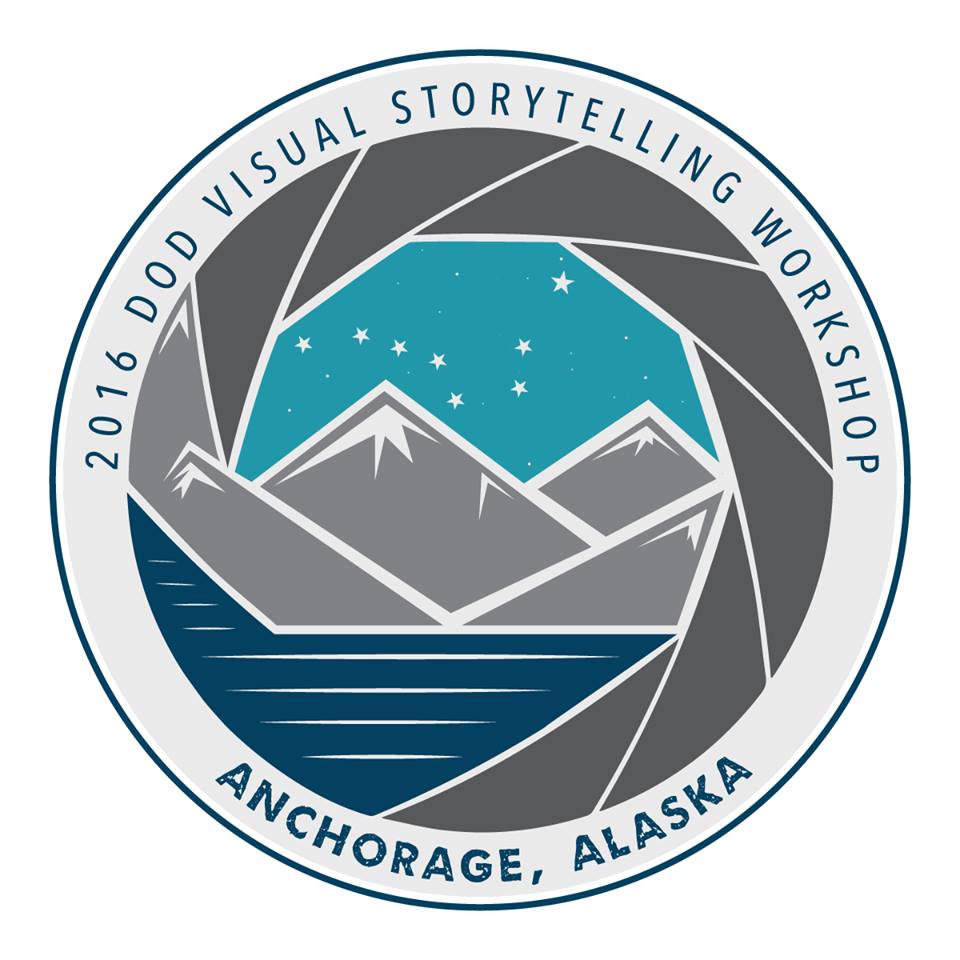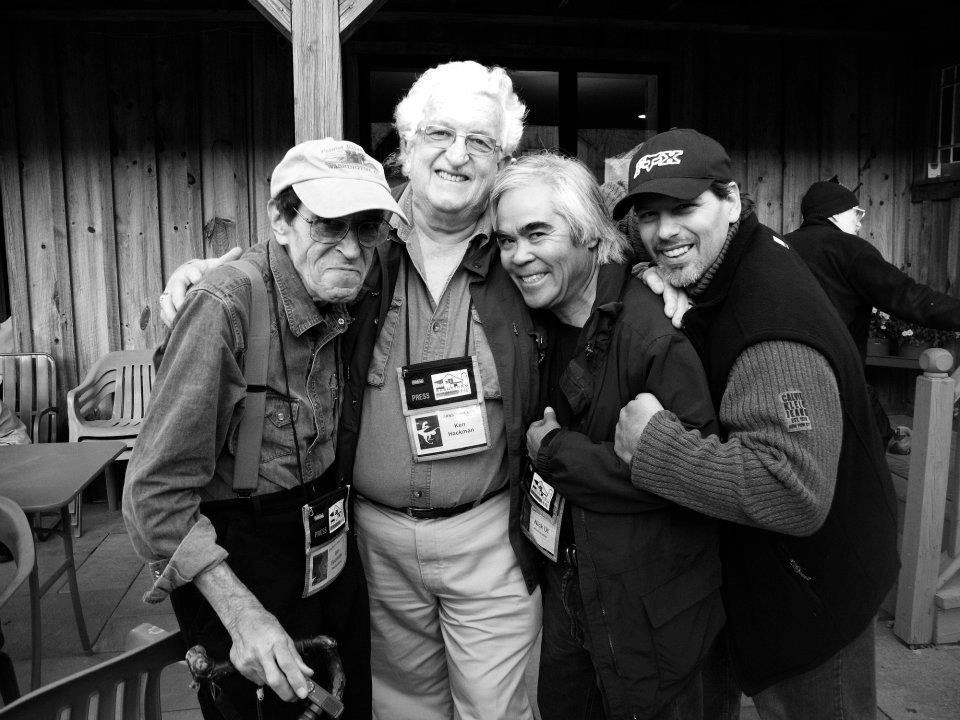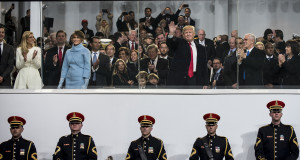This year, I had the pleasure of traveling to Alaska for the 2016 DoD Worldwide Visual Storytelling Workshop. Just finished the first day of presentation and tonight we go out and start shooting for a story the advanced team is working together as a group.
I wanted to share some nuggets of information some really phenomenal film makers and photographers shared today to our group. Though it was no surprise, it was also beautiful to recognize how the elements of a good story exist regardless of the platform. It doesn’t matter what the tools or platforms are. Ultimately, stories are about people and whatever internal or external tensions they’re battling with. A story must have meaning and purpose.
In no particular order, here are a few quick-hit notes I jotted down today from the various prestigious speakers who are taking the time to mentor our military photographers and videographers. Some of these notes are not exact word-for-word quotes, but general paraphrased nuggets they conveyed while they spoke to us.
I think the advice below is more important than the technical knowledge required to create an image. I could talk gear and the mechanics of photos all day, but that really is the “elementary” stage of photography. Real photography happens beyond what your fingers are doing while touching buttons.
Jim Fabio
Storytelling is a big responsibility. We may not necessarily be stealing people’s souls, but we are stealing their stories. We are disrupting them, their families and their order for the purpose to take away something that is very personal away from them, and give it to everybody else. That’s a lot to ask.
Before we get started with recording a single image, what matters the most is to connect with your subject. Create a rapport. Make a personal connection and earn their trust to carry their precious cargo. It’s the story of their families.
It doesn’t matter how much hardware you have on the shelf. It’s about what you produced last that will get you hired for the next assignment.
What makes a good story is in the telling. It’s not hidden out there just waiting to be found. It’s not elusive. It becomes a story in the way we tell it.
Ken Hackman
Something is happening in the mind before an image is ever shot. You must know WHY you are making a photo. There has to be a reason for why you are doing photography.
You have to have something to say to a larger audience. You are the eyes and ears for the people who can’t be where you are.
Be a student of life. Look around. Study others.
Practice your people skills. You have to be friendly. It’s amazing how much you can get done when you smile.
A photograph should not serve all purposes. Know the (one) purpose the image serves. Do not try to tell two stories with one photo. That’s like diluting a fine whiskey with water. Shoot what is the strongest image in front of your eyes.
Chip Maury
You need to experience life by getting out of the vehicle. Go with the folks who live the story. Study other artists and use their passion and creativity as your own personal inspiration.
Be vigilant and sniper like. Look for the strange, the funny, the emotion.
Shoot for the moment and crop for the impact. Anything that is high contrast (light surrounded by dark) will take your eye away from the image. Crop tight. Find the image inside. Make it easier for the viewer to see the impact.
Elements either add to the tension of the photograph or take away. Cut everything that is distracting.
Corey Rich
Giving back (to the photo community) should be as much a passion as making pictures.
It’s not all about the peak action, but there is a world of images in the daily ordinary lives. Look for moments before and after.
Your clients don’t want to hear excuses. They want to see the goods. Prepare the best you can and improvise when necessary.
As a story director, you get to ask questions, explore and be naive. Open yourself up in order to open up others.
 Michel Sauret – Award-Winning Army Journalist | Independent Author Award-Winning Army Journalist, Independent Author
Michel Sauret – Award-Winning Army Journalist | Independent Author Award-Winning Army Journalist, Independent Author











